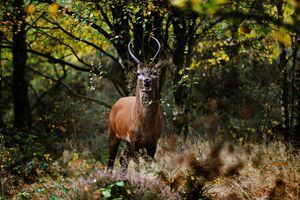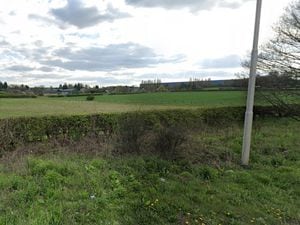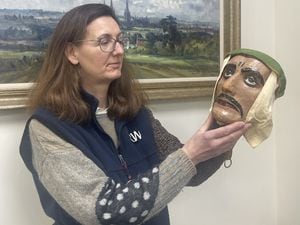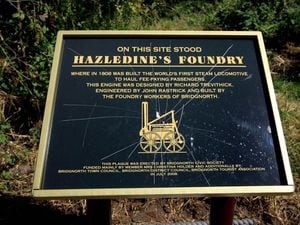Drivers beware! Cannock Chase deer are on the move
It stands proud and tall amid the autumnal splendour of the south Staffordshire countryside - but this two-year-old stag's life is in danger from motorists and its own natural instincts.

As the rutting season get under way, the area's 1,000-strong deer population is on the move to find a mate, which means more deer than usual are crossing busy roads looking for new breeding grounds.
It is estimated that between 150 - 200 deer are killed in traffic collisions every year across the county, including Cannock Chase, Norton Canes, Cannock Wood, Chasewater, and Brownhills and Milford Commons.
Now the Forestry Commission has issued an appeal to motorists to drive with particular care.
Ranger Rob Davies said: "Deer have no road sense at the best of times. But right now they are very preoccupied with finding a mate, so they take even less notice of traffic.
"They tend to move at dawn and dusk which, at this time of year, coincides with the morning and evening rush-hours, making it even more dangerous for them.
"A deer's peripheral vision is actually quite good but they blindly follow the animal in front of them, like sheep.
"So we're asking motorists to slow down when they are in areas where deer are likely to be passing. Deer tend to move in packs of four or five so a motorist sees one deer, there is likely to be another not far behind."
Mr Davies said that favourite crossing areas were near the Forestry Commission entrance in Penkridge Bank Road, near Springslade Lodge cafe in Camp Road, Milford Road near the common, Sevens Road in Cannock Wood and the A5, near Brownhills Common.
Rangers tour the crossing hotspots every day to check for injured animals and will continue to do so until the end of November when the rutting season ends.
Mr Davies said: "Any injured deer is disposed of in a humane way but we don't want to be in that situation. If we save 10 deer from this appeal, it's better than nothing."





